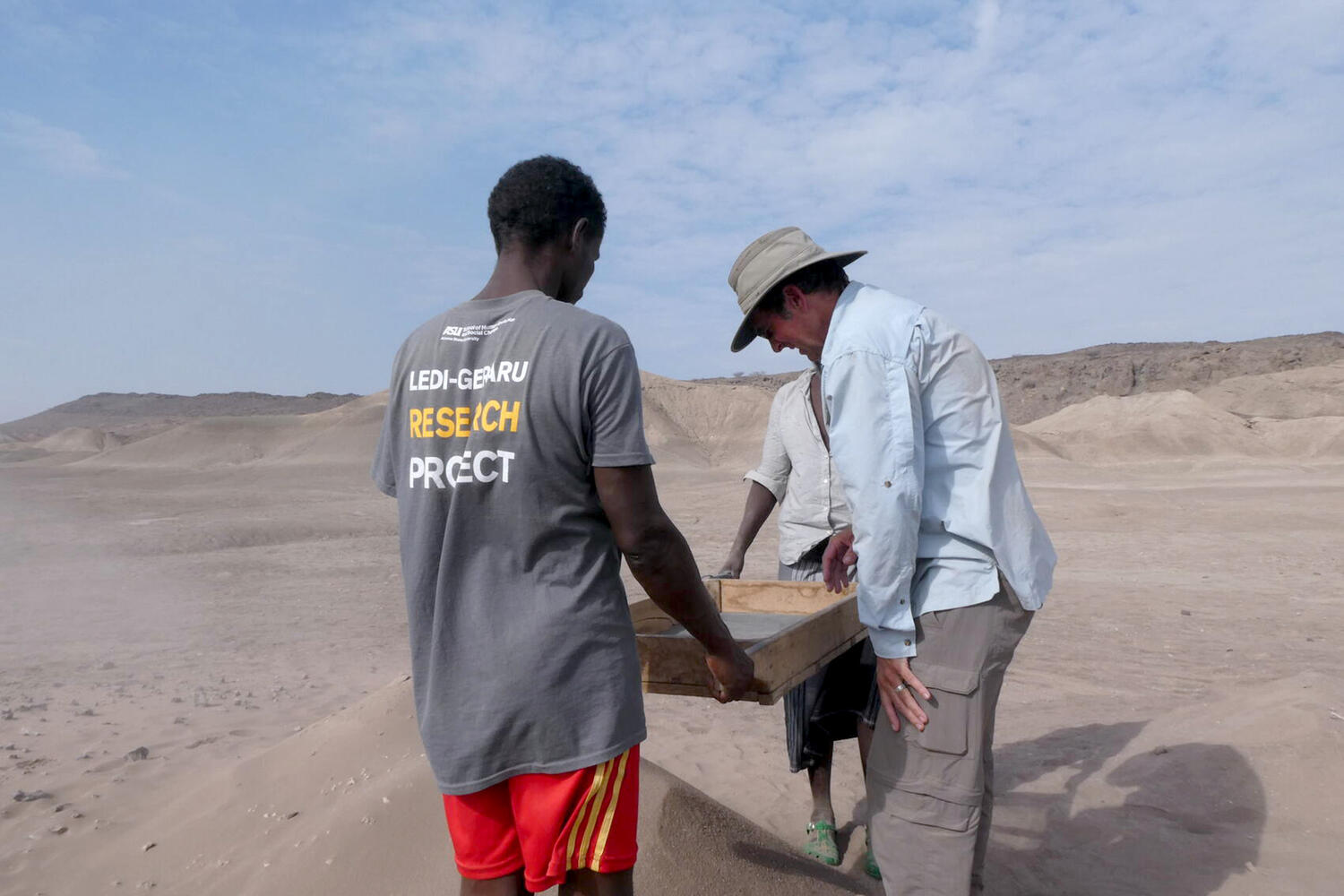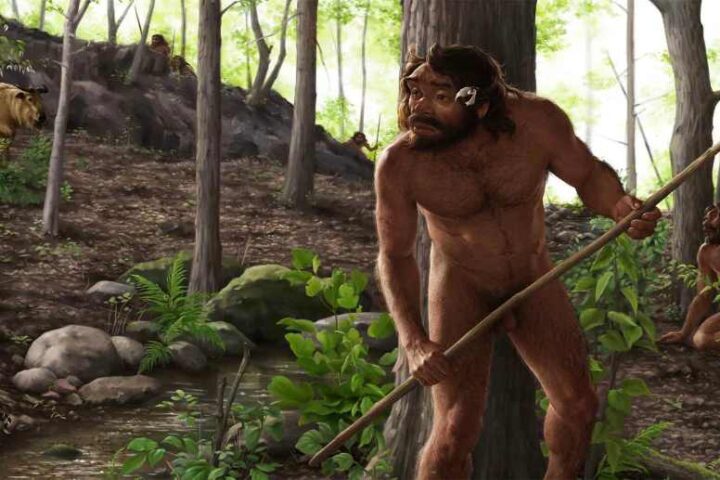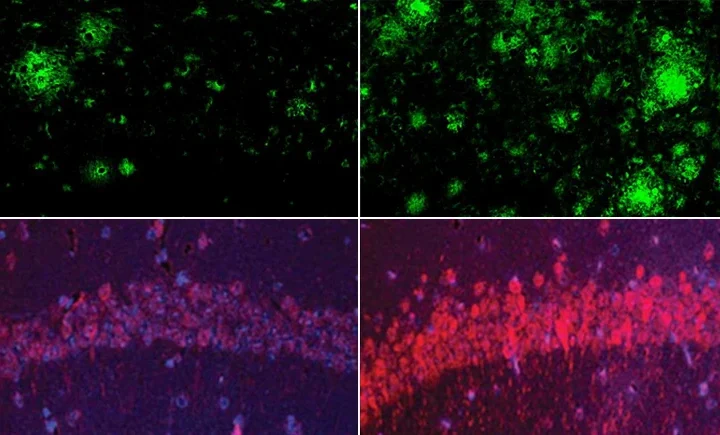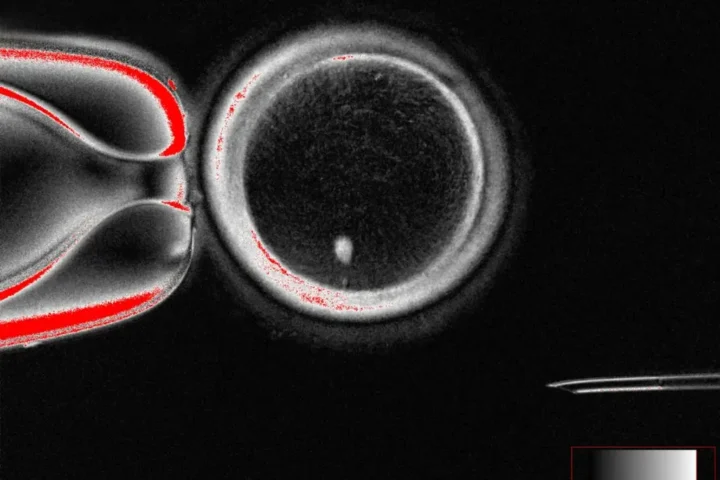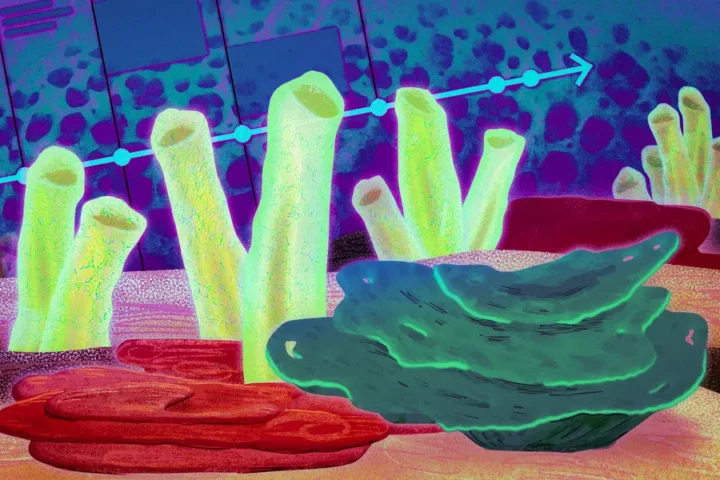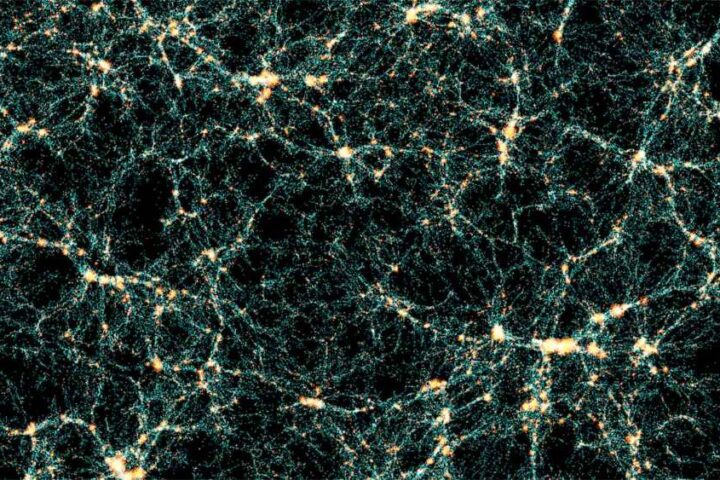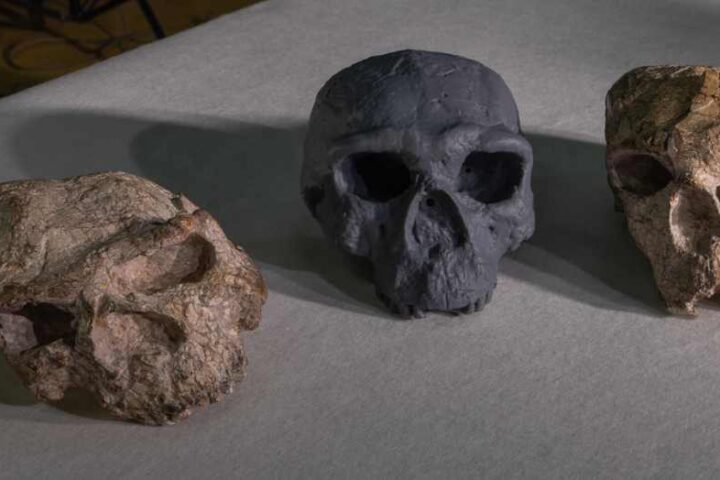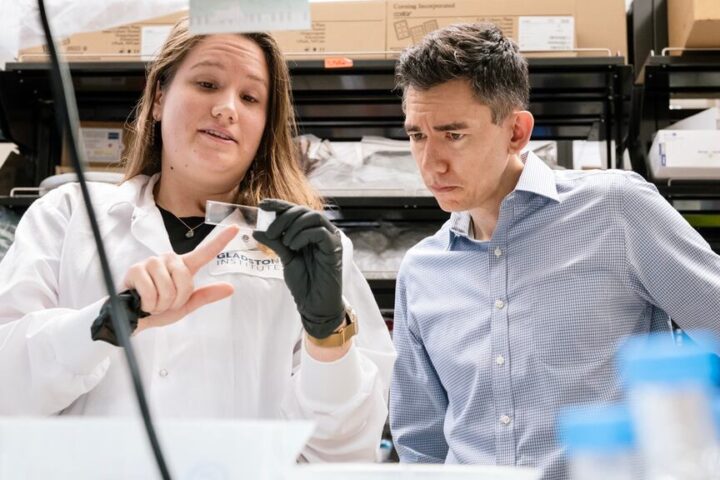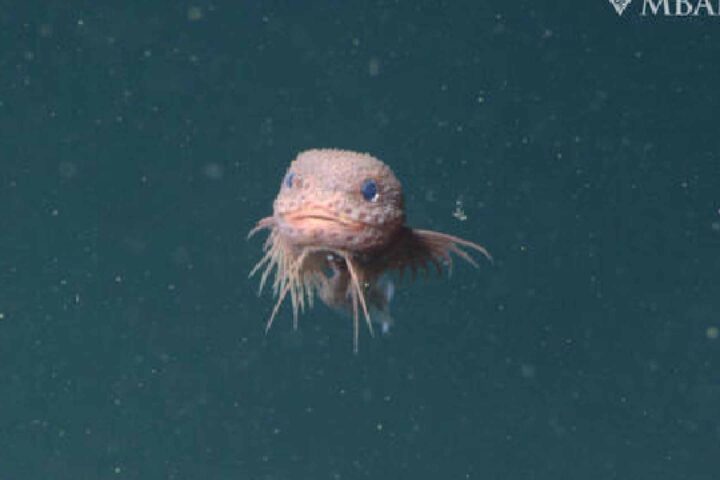Scientists have discovered 13 fossil teeth in northeastern Ethiopia that reveal a previously unknown human ancestor. The teeth, dating back approximately 2.6 to 2.8 million years ago, show that a new species of Australopithecus (the same genus as the famous Lucy fossil) lived alongside early members of our own genus, Homo.
Researchers working in the Ledi-Geraru research area in Ethiopia’s Afar Region found 10 teeth – six molars, two incisors, one premolar, and one canine – from two individuals of a previously unknown Australopithecus species. They also found three teeth from an early Homo species from the same time period.
“This reinforces the idea that the story of human evolution is not of a single lineage changing slowly through time,” explains Brian Villmoare, lead author from the University of Nevada, Las Vegas. “Rather, the pattern of human evolution is similar to that of other organisms, repeatedly branching into multiple species.”
The discovery was published in the scientific journal Nature on August 13, 2025. The research team has not yet named the new Australopithecus species because they need more complete fossils beyond just teeth to do so properly.
Scientists used a precise dating method to determine the age of these teeth. They analyzed feldspar crystals in volcanic ash layers found in the sediments where the teeth were discovered. By measuring the radioactive decay of the element argon in these crystals, researchers could precisely date the fossils.
This discovery fills an important gap in our understanding of human evolution. The time between 3 million and 2.5 million years ago was a critical period when the genera Homo and Paranthropus first appeared in the fossil record and Australopithecus afarensis (Lucy’s species) disappeared.
Similar Posts
“We used to think of human evolution as fairly linear, with a steady march from an ape-like ancestor to modern Homo sapiens,” said Villmoare. “Instead, humans have branched out multiple times into different niches.”
The researchers are now studying what these different species ate to better understand how they shared the landscape. Kaye Reed, a research scientist at Arizona State University’s Institute of Human Origins and co-director of the Ledi-Geraru Research Project, said the team is examining tooth enamel to learn more about their diets. This analysis might reveal whether these different species competed for the same food resources.
The Afar Region today is one of Earth’s hottest and driest places. But 2.6 million years ago, when these ancient species lived there, rivers flowed through vegetated landscapes into shallow lakes, creating a habitat that supported many animal species.
Not all scientists agree about how to classify these new fossils. Villmoare clarifies that “this new Australopithecus species is in no way some ‘missing link,’ and we actually don’t think that it was necessarily ancestral to any known species.”
The Ledi-Geraru site has yielded important discoveries before. In 2013, researchers found the oldest known Homo jawbone (2.8 million years old) and the earliest Oldowan stone tools at this same location.
This discovery adds to our understanding that human evolution wasn’t a straight line but rather a complex branching tree with many different species existing at the same time. As Reed puts it, “Each find is a piece of the puzzle that puts human evolution into a twiggy tree, rather than a linear graphic.”
